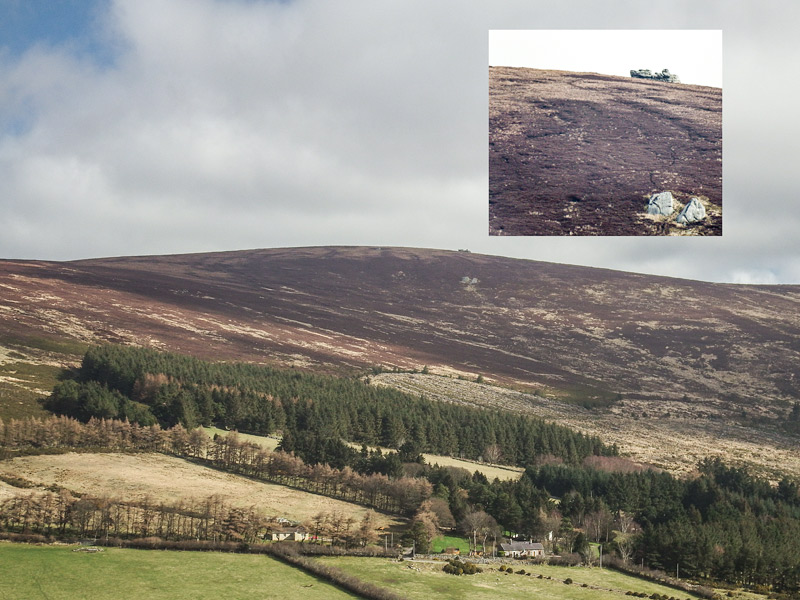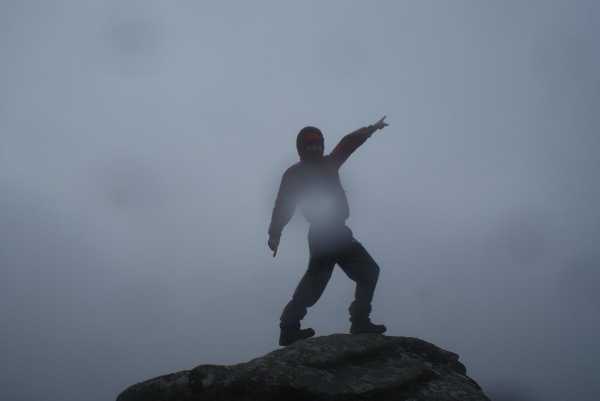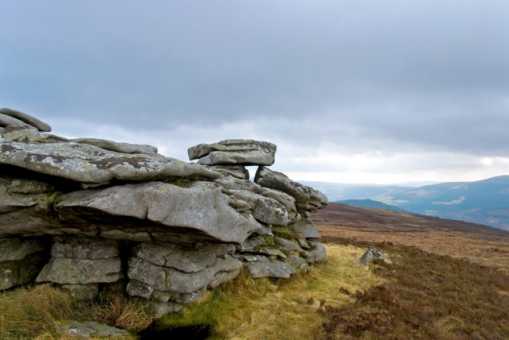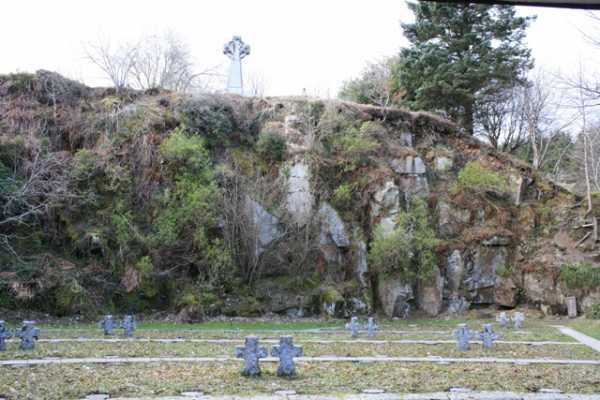A visit to Knocknagun some time ago gave me the itch to find out more about the origin of ‘tors’, those layered, convoluted rocky outcrops that can be found, among other places, on or near the tops of a handful of our granite mountains in Dublin and Wicklow (see photo). Although they aren’t as abundant as those to be found on the granite landscapes of Dartmoor in England or the Mournes in the North, they are equally intriguing when it comes to trying to figure out the process of their geological formation. (The word ‘tor’, too, is interesting in itself, since it is one of the few Celtic survivals in the English language. It is related to the Irish ‘tor’ or ‘túr’ and the Welsh ‘twr’, meaning tower.)
In the 18th century, it was suggested that tors were artificial constructions raised by the druids, but that speculation was swept aside by the development of geology as a science. There was even a stormy ‘tor controversy’ in Britain, with a lot of hot air in the sails of several different theories. One of them, Linton’s two-stage theory, is still defended today and might provide a plausible explanation for our own homegrown variety. This theory argues that tors were first sculpted in the warmer Tertiary Period by the chemical action of acidulated underground water on the jointed, fractured granite bedrock, which caused decay along the cleavage lines. Essentially, the feldspar in the granite was altered to kaolinite (china clay). Later, during a phase of intense freeze/thaw conditions in the Quaternary Period, more exactly the Pleistocene, the decomposed rock was removed by a kind of soil creep, the downhill slippage of waterlogged sediment over the permafrost beneath. In this way the residual outcrops finally stood out in the light of day and were exposed, as they still are today, to the further destructive action of the elements.
It’s a simplification, I know, but I find it gives me a bit of perspective – several million years of it, in fact – when I visit Three Rock, Two Rock, Carrigvore, Knocknagun, or other long-suffering tors further afield.
Linkback: mountainviews.ie/summit/351/comment/3622/
Read Less














